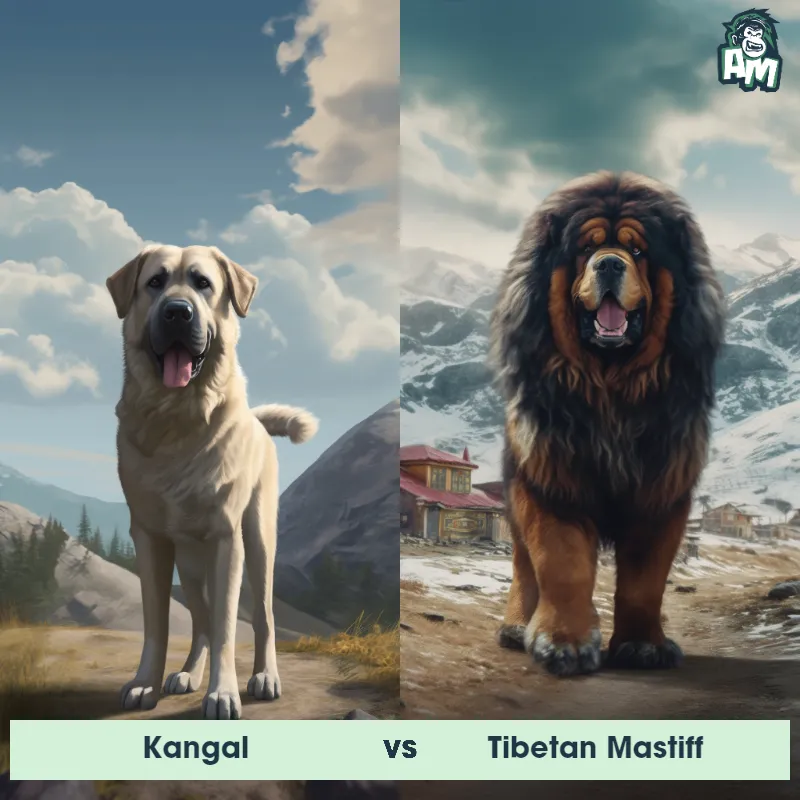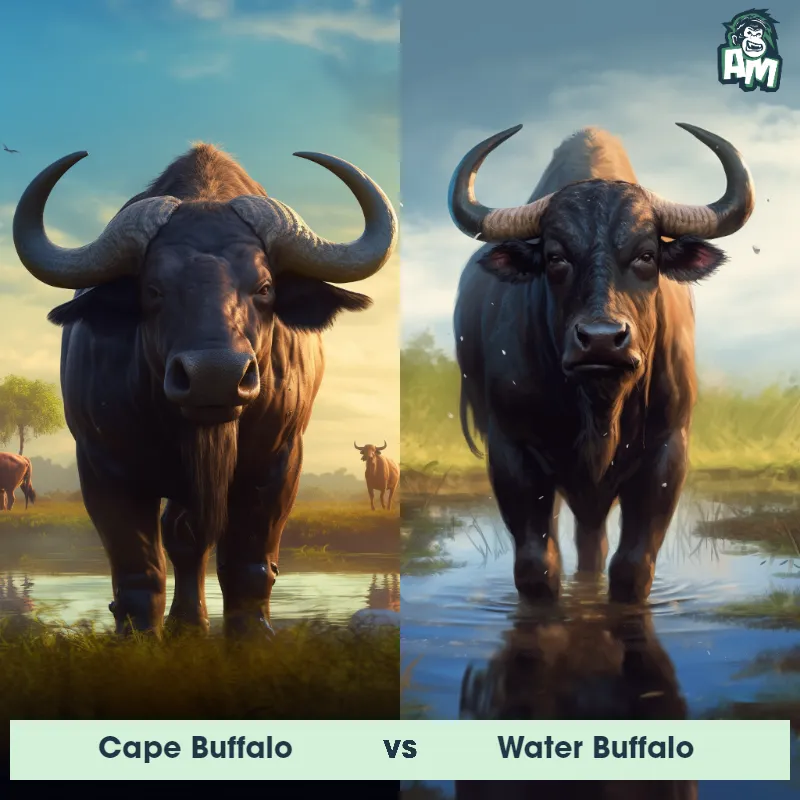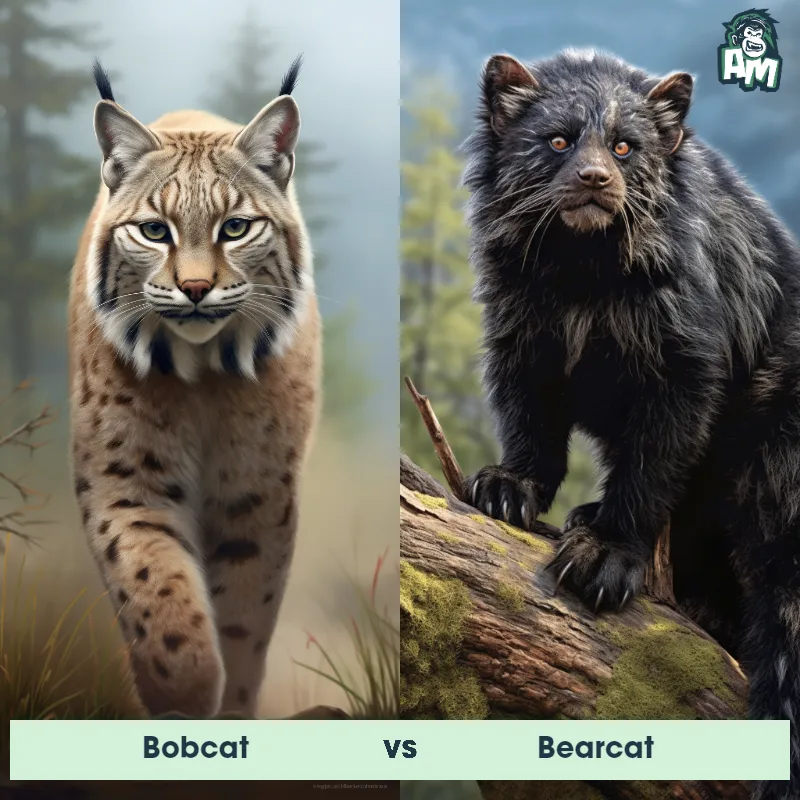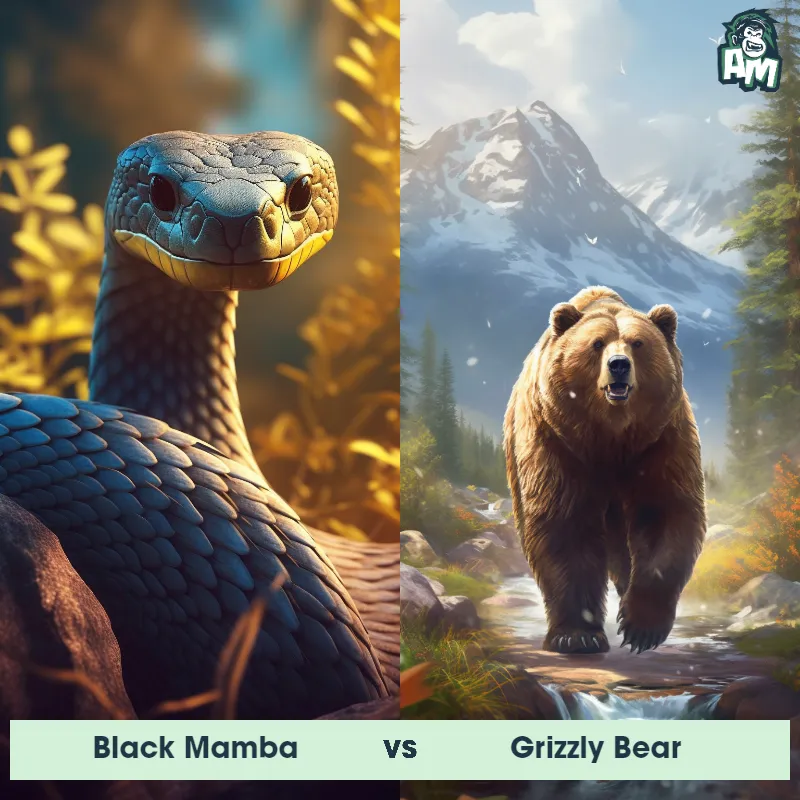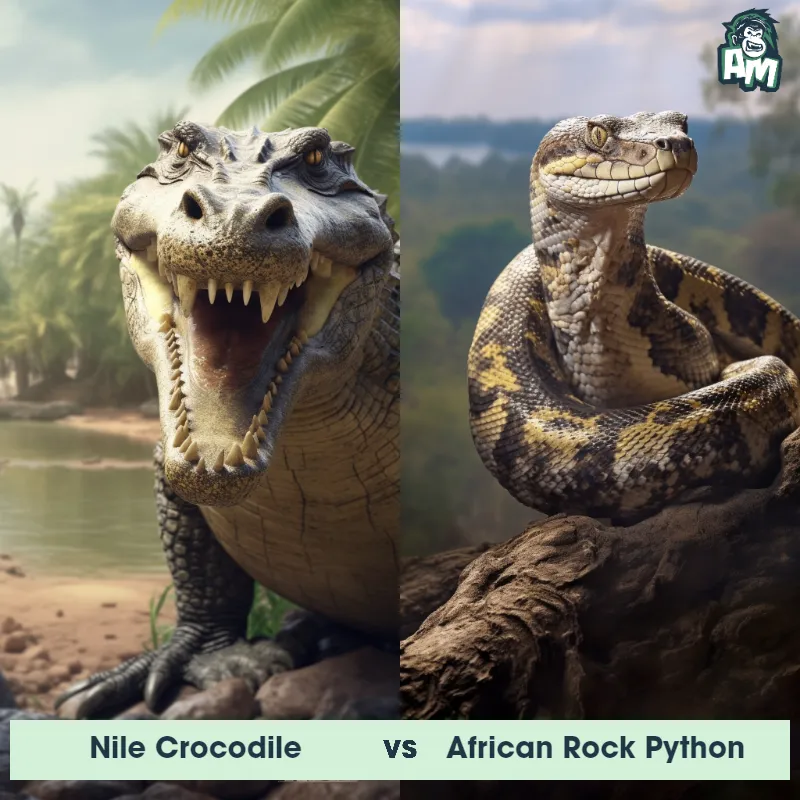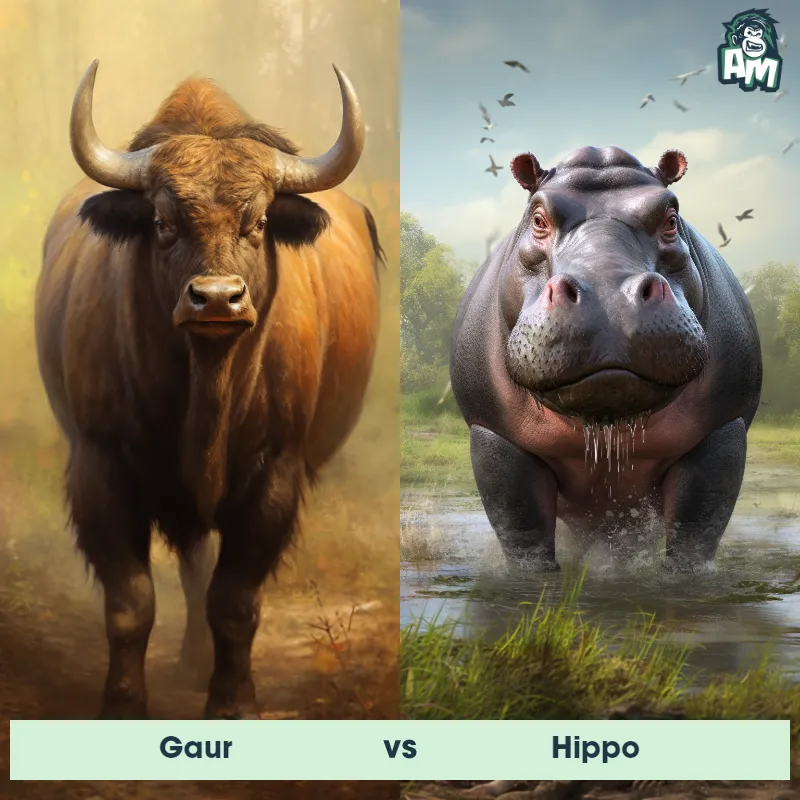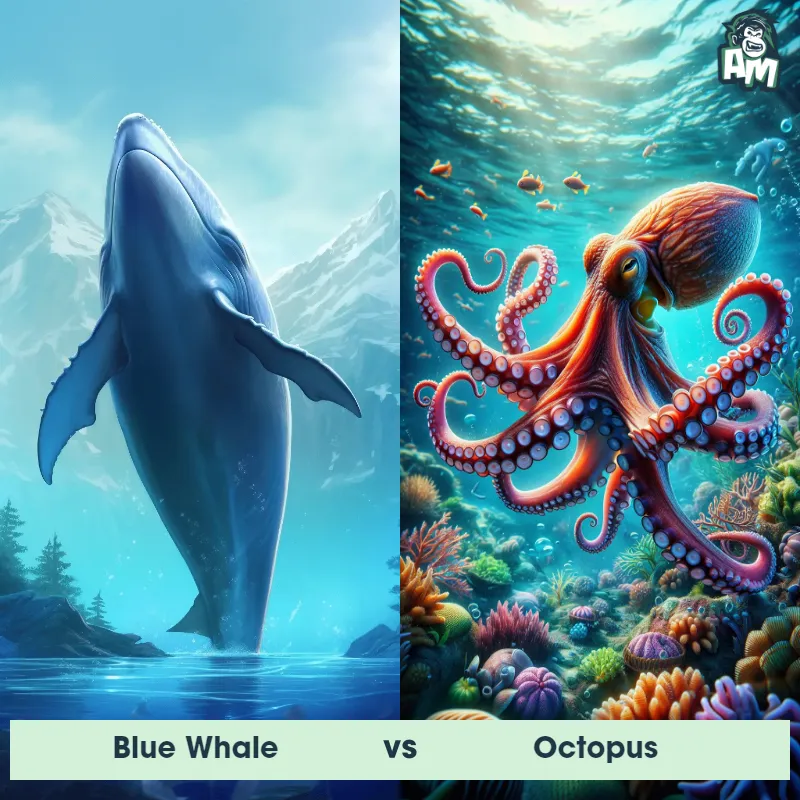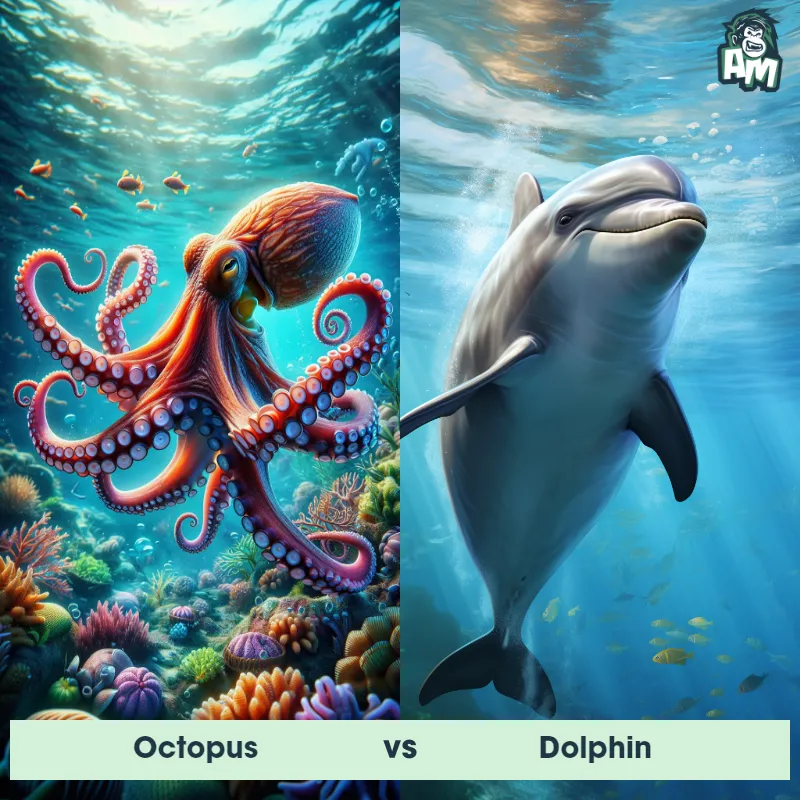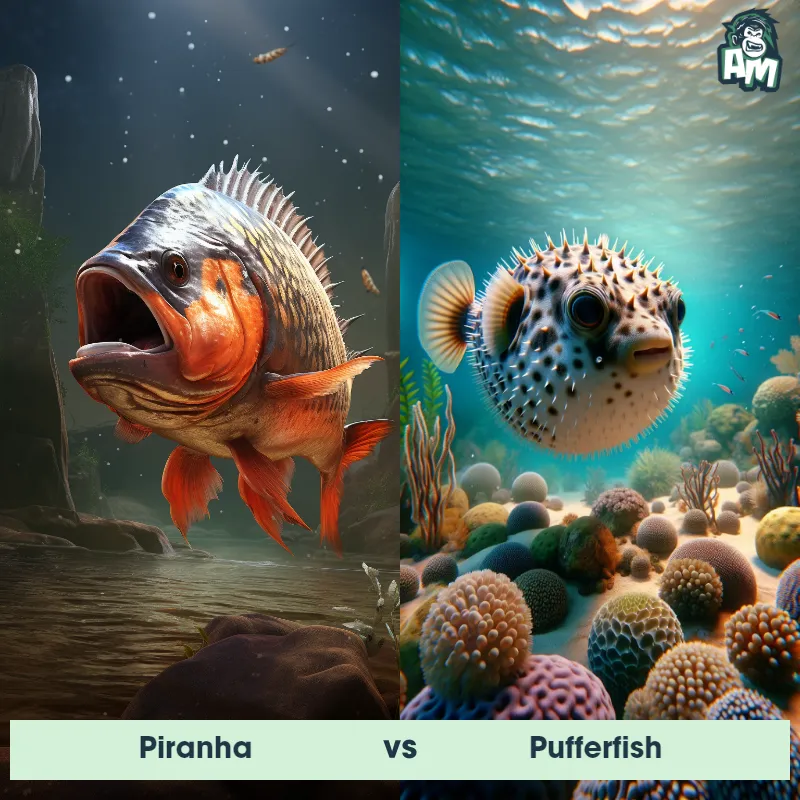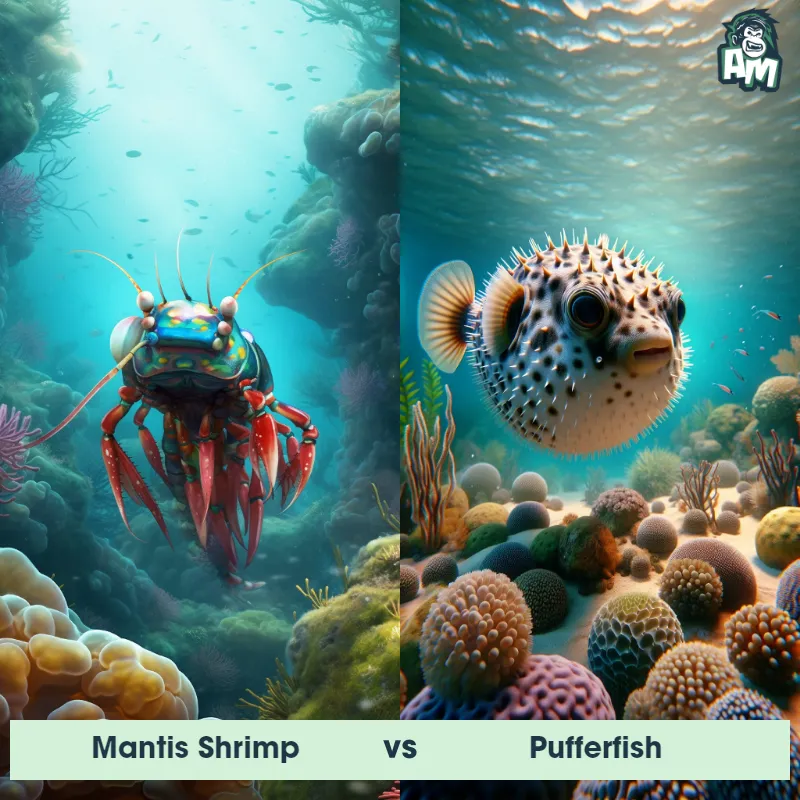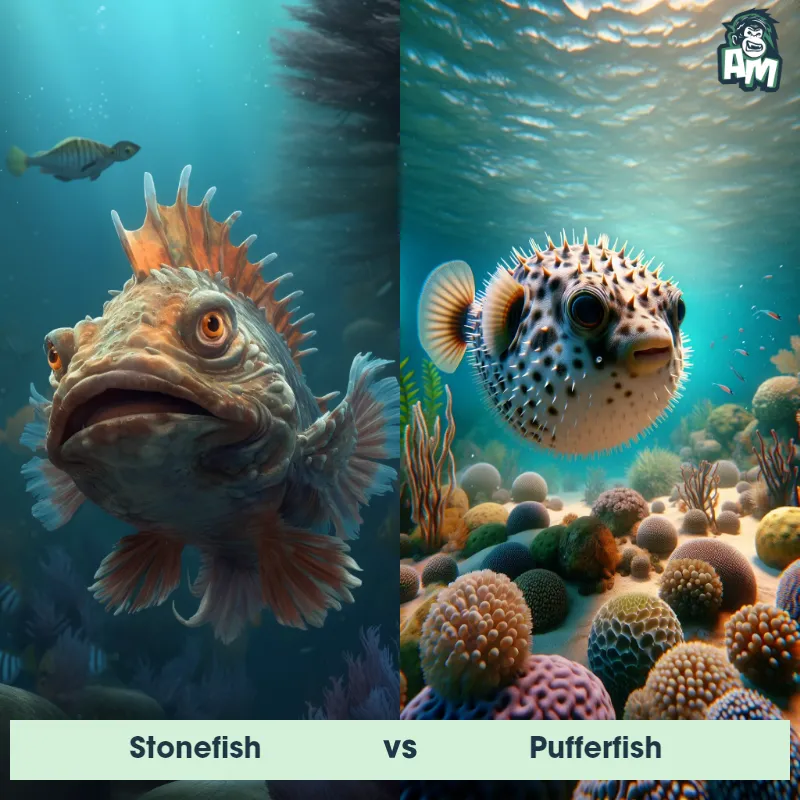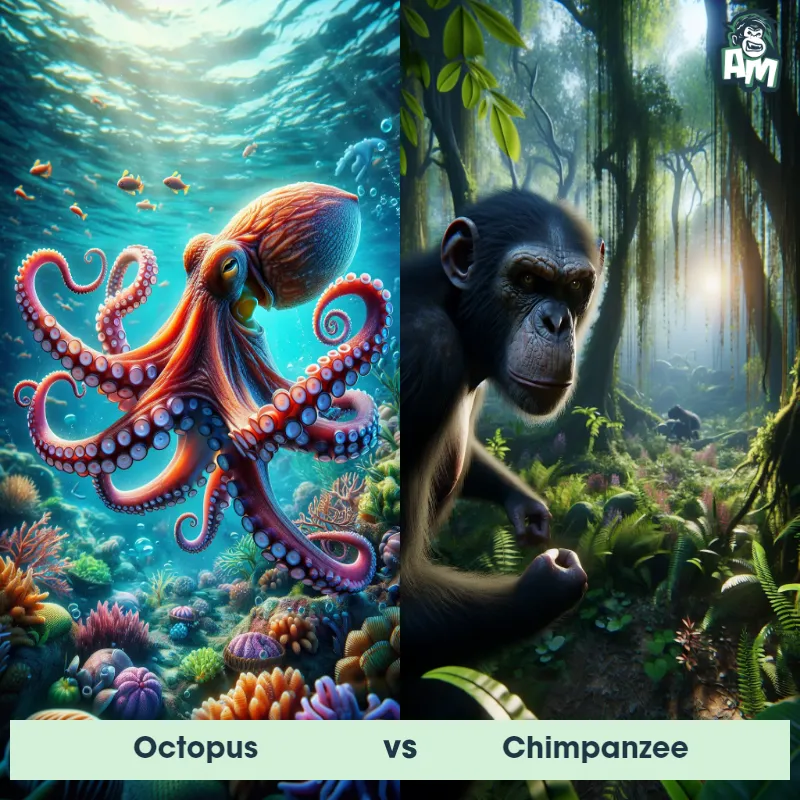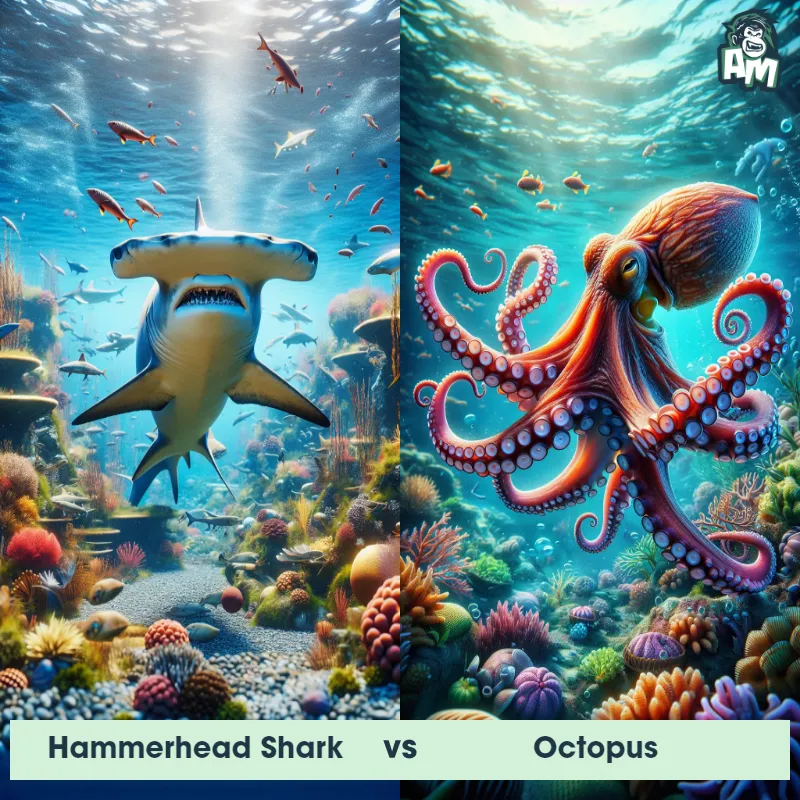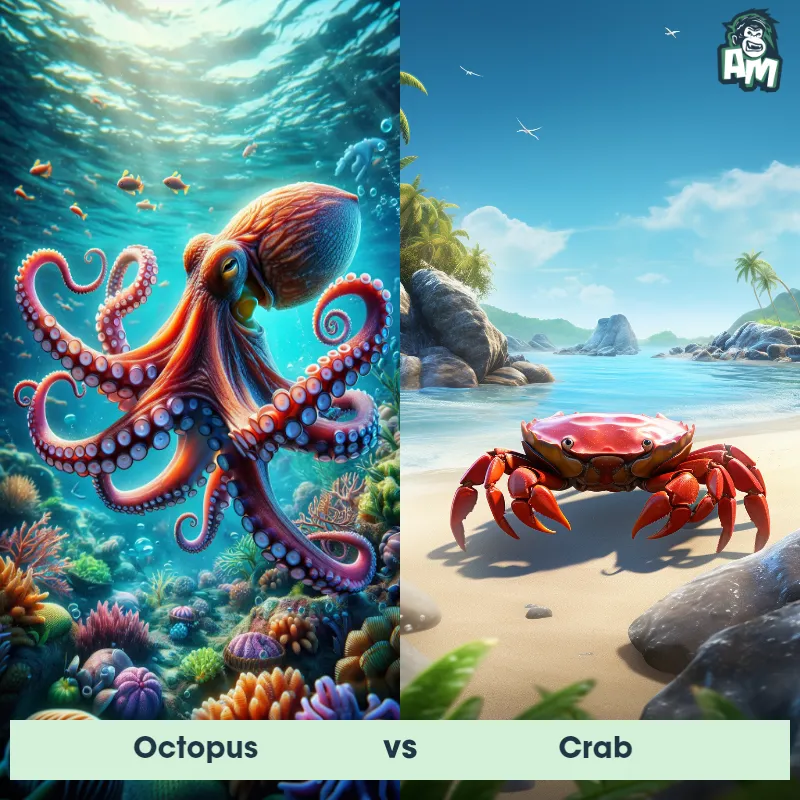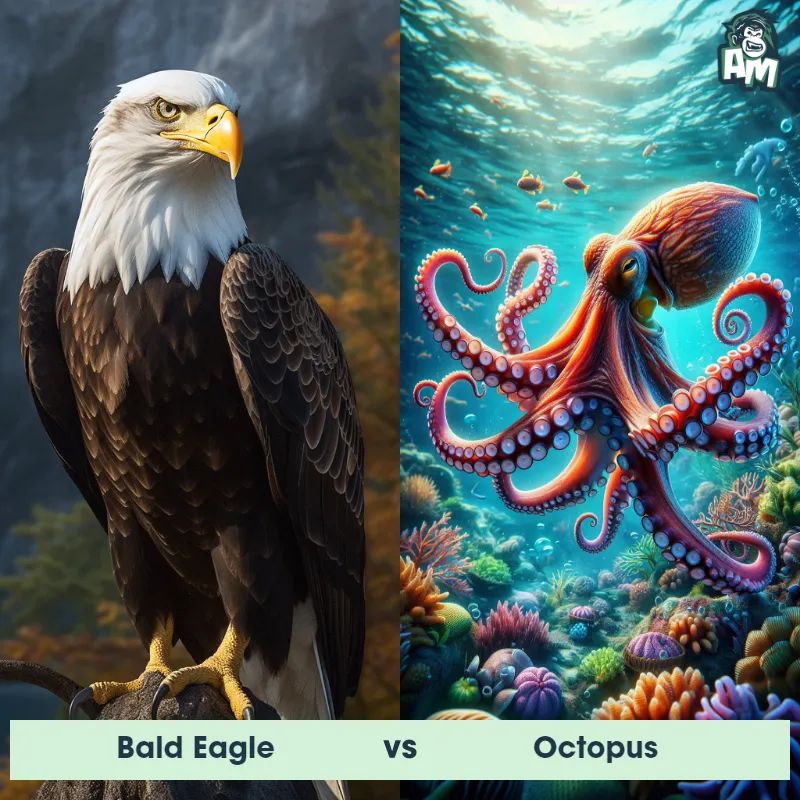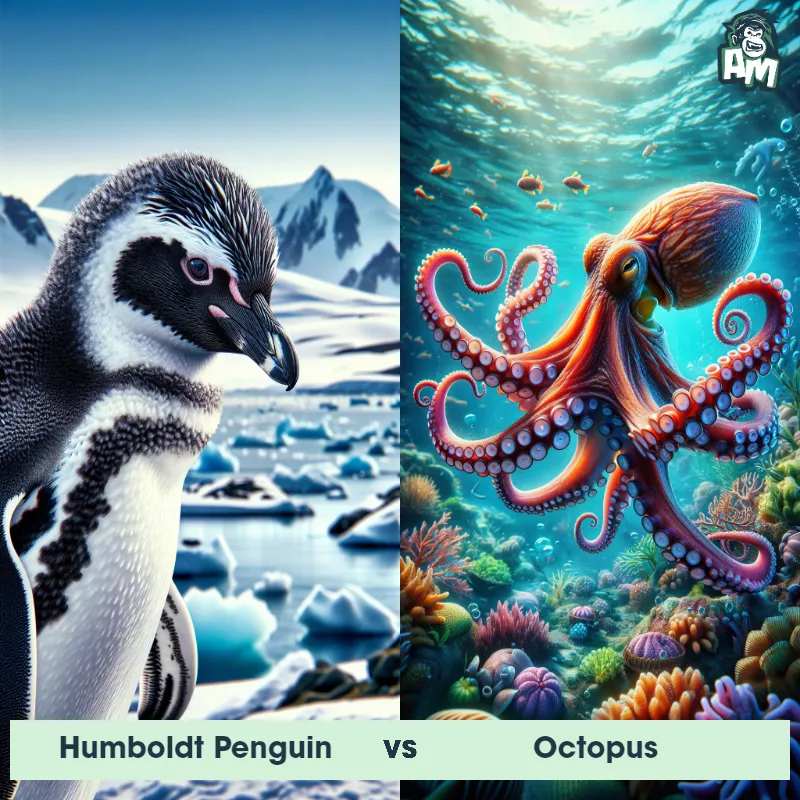Octopus vs PufferfishSee Who Wins

Ladies and gentlemen, welcome to this incredible showdown here in our Animal Matchup Arena! We have an exciting fight ahead of us tonight as two extraordinary creatures step into the ring. In the left corner, we have the agile and slippery octopus, known for its ability to squeeze out of tight situations. And in the right corner, we have the pufferfish, famous for its unique defense mechanism of inflating itself when attacked. This promises to be a battle of wits and instincts, so let's dive right into the action!
Contender 1: Octopus
The octopus is a fascinating marine creature known for its rounded body, large eyes, and eight long arms lined with suckers. They belong to the class of mollusks known as cephalopods and are widely regarded as the most intelligent invertebrates. The octopus's skin color and texture can change dramatically, a trait used for both communication and camouflage. Octopuses are carnivorous, feeding mainly on crabs, shrimp, and other small sea creatures.
Fun Fact: Octopuses have three hearts; two pump blood to the gills, while the third pumps it to the rest of the body.
Contender 2: Pufferfish
The Pufferfish, also known as blowfish or fugu, is a unique and intriguing fish species found in various oceans around the world. These small to medium-sized fish are famous for their ability to inflate themselves like a balloon when threatened or stressed. They have a distinct body shape with a round, stocky body, a small tail, and a protruding mouth. Pufferfish are covered in spines and have a rough, scaleless skin. They come in an array of colors and patterns, including yellow, brown, green, and black. Pufferfish are known for their slow and clumsy swimming style, and their average size ranges from a few inches to a couple of feet.
Fun Fact: One interesting fact about Pufferfish is that they have the ability to puff themselves up by ingesting large amounts of water or air, which makes them appear much larger and more threatening to predators.
Matchup Stats
| Octopus | Pufferfish | |
|---|---|---|
| Size | Varies by species, from 1 inch (2.5 cm) to 14 feet (4.3 m) in arm span | Varies from a few inches to a couple of feet (5-60 cm) |
| Weight | Varies by species, from less than 1 ounce (28 grams) to 600 pounds (272 kilograms) for the largest species, the Giant Pacific Octopus | Varies depending on species, can range from a few ounces to several pounds (100g-2kg) |
| Speed | 25mph (40km/h) | 1mph (1.6km/h) |
| Key Strength | High intelligence, ability to change skin color and texture for camouflage, and use of ink for defense | Inflation and spines for defense |
| Biggest Weakness | Soft body with no skeletal structure, making them vulnerable to larger predators | Limited mobility and slow swimming speed |
Current Votes
Octopus vs Pufferfish
See Who Wins
View More Matches
Looking For More?
Similar Matches
Scientific Stats
| Octopus | Pufferfish | |
|---|---|---|
| Scientific Name | Octopoda | Tetraodontidae |
| Family | Octopodidae | Tetraodontidae |
| Habitat | Marine environments, from shallow coastal waters to deep-sea trenches | Coastal waters, coral reefs, and estuaries |
| Geography | Worldwide, in all oceans | Found in oceans worldwide, primarily in tropical and subtropical regions |
| Diet | Carnivorous, feeding mainly on crabs, shrimp, and other small sea creatures | Mostly herbivorous, but some species also eat small invertebrates and crustaceans |
| Lifespan | 1 year - 5 years | 3 years - 5 years |
Key Differences between Octopus and Pufferfish
- Dermal Flaps: Some species of Octopus possess dermal flaps or webbing between their tentacles, aiding them in swimming and providing additional camouflage options. Pufferfish lack these dermal flaps entirely.
- Patterns: Octopuses can exhibit intricate patterns and textures on their skin, adapting them to blend into various objects and backgrounds, while Pufferfish typically lack distinct patterns and have a smoother skin texture.
- Coloration: Octopuses can change colors to camouflage with their surroundings, displaying a wide range of hues and patterns, whereas Pufferfish have a more limited color palette, often featuring shades of yellow, brown, or greenish hues.
- Eye Placement: Octopuses have large, well-developed eyes located on the sides of their head, providing excellent peripheral vision, whereas Pufferfish have smaller eyes positioned closer to the top of their body, giving them a more limited field of vision.
- Shape: The Octopus has a more elongated body with eight flexible tentacles, while the Pufferfish possesses a rounder and bulkier body shape.
- Spines: Pufferfish have spiky, venomous spines covering their body that they can inflate as a defense mechanism, while Octopuses lack spines and rely on camouflage, ink, and jet propulsion for protection.



